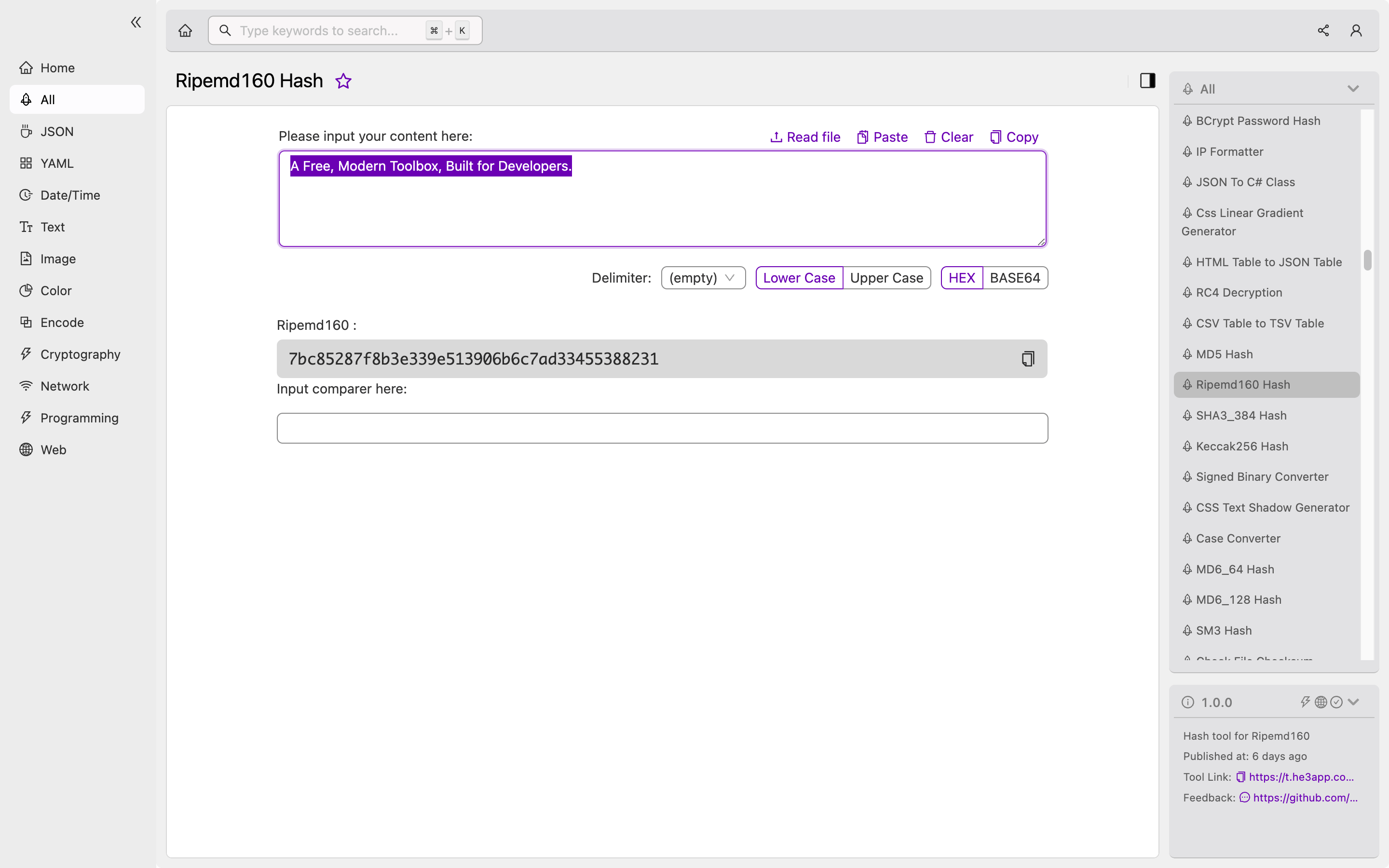Introduction
Hashing algorithms play a crucial role in data security, and Ripemd160 Hash is one of the widely-used hashing algorithms today. It is commonly used in blockchain technology, digital signatures, and other cryptographic applications. In this article, we will dive deeper into the concept of Ripemd160 Hash and how it works.
Overview of Ripemd160 Hash
Ripemd160 Hash is a cryptographic hash function that is used to generate a fixed-length checksum of a message. It is an improved version of Ripemd, which was initially designed by Hans Dobbertin, Antoon Bosselaers, and Bart Preneel. Unlike other hashing algorithms, it has a fixed output size of 160 bits, making it difficult to reverse-engineer the original message.
How Ripemd160 Hash Works
At a high level, Ripemd160 Hash takes an input message of any length and computes a fixed-size output message digest of 160 bits. The algorithm operates on 512-bit blocks of the input message using a series of mathematical operations that include XOR, bit shifting, and modular addition. These operations generate a unique hash code that represents the input message.
Here’s a sample code snippet in Python that shows how to generate Ripemd160 Hash:
import hashlib
message = "The quick brown fox jumps over the lazy dog"
hash_object = hashlib.new('ripemd160', message.encode())
print(hash_object.hexdigest())Or you can use Ripemd160 Hash tool in He3 Toolbox (https://t.he3app.com?yooy ) easily.

Key Features of Ripemd160 Hash
| Feature | Description |
|---|---|
| Fixed-length output | The hash function generates a fixed-length output of 160 bits. |
| High collision resistance | It offers high collision resistance, making it difficult to find two inputs with the same hash value. |
| Efficient computation | Ripemd160 Hash is computationally efficient, requiring fewer resources to compute. |
Scenarios for Developers
Developers can use Ripemd160 Hash in various scenarios, including:
- Digital signatures: Ripemd160 Hash is commonly used to generate digital signatures for messages, ensuring their integrity and authenticity.
- Password storage: Ripemd160 Hash can be used to store user passwords securely by hashing them and storing the resulting hash value instead of the original password.
- Blockchain technology: Ripemd160 Hash is a fundamental component of blockchain technology, used to secure the transactions and verify their authenticity.
Misconceptions about Ripemd160 Hash
One of the common misconceptions about Ripemd160 Hash is that it is a perfect hash function that can produce a unique hash value for any input message. However, this is not entirely true as there is still a probability of generating the same hash value for two different inputs. Another misconception is that Ripemd160 Hash is only used in blockchain technology, while it is widely used in other cryptographic applications as well.
Frequently Asked Questions (FAQs)
Q1. Is Ripemd160 Hash considered a secure hashing algorithm?
Yes, Ripemd160 Hash is considered a secure hashing algorithm, offering high collision resistance and efficient computation.
Q2. Can Ripemd160 Hash be reversed to obtain the original message?
No, Ripemd160 Hash is a one-way function, and it is not possible to reverse the process to obtain the original message from the hash value.
Conclusion
In conclusion, Ripemd160 Hash is a crucial component of cryptographic applications, ensuring the integrity and authenticity of messages. It is a secure, one-way function that generates a fixed-length output of 160 bits. Developers can use it in various scenarios to improve data security and prevent unauthorized access. By understanding the concept and features of Ripemd160 Hash, developers can leverage its capabilities to build more secure and robust applications.
